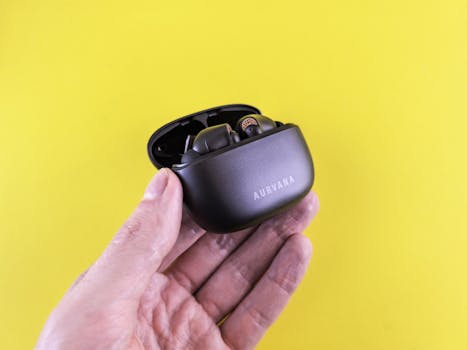What is electronic device limits?

What is electronic device limits?
In today’s fast-paced digital world, it’s easy to lose track of time while using electronic devices. Whether it’s scrolling through social media, binge-watching shows, or working late into the night, many of us find ourselves glued to our screens. Electronic device limits are essential guidelines that help manage our screen time, fostering a healthier relationship with technology. Understanding these limits and implementing them can significantly enhance our productivity and well-being.
Understanding Electronic Device Limits
Electronic device limits refer to the boundaries we set regarding the amount of time we spend on our gadgets. These limits can manifest in various ways, from restricting screen time to managing app usage effectively. The purpose of these limits is to create a balance between using technology for work or enjoyment and ensuring it doesn’t interfere with our daily lives.
Types of Electronic Device Limits
When it comes to setting limits, various forms can help regulate our device usage:
-
Screen Time Restrictions: Many smartphones and tablets now come with built-in features to help monitor and limit screen time. By setting daily caps, you can ensure you don’t exceed your desired usage.
-
App Usage Limits: Certain applications can be addictive. Setting specific limits on how long you use particular apps, such as social media or games, can help minimize distractions.
-
Notifications Management: Constant notifications can interrupt your focus. By managing which notifications you receive, you can limit distractions and maintain a more productive workflow.
For additional insights on reducing screen time benefits, check out 5 ways slimming screen time is good.
The Psychological Impact of Excessive Device Use
Excessive use of electronic devices can have profound effects on our mental health. Studies show a strong correlation between high screen time and increased feelings of anxiety, depression, and loneliness. Engaging with devices for long periods can also lead to reduced attention spans and impaired cognitive functions. When we rely too much on screens, we may miss out on essential face-to-face interactions and experiences that contribute to our emotional well-being.
For more detailed research on this, consider reading about how excessive smartphone use affects mental health.
Setting Effective Electronic Device Limits
Creating and maintaining electronic device limits can seem daunting, but it’s crucial for a balanced life. Here are practical strategies to help you set effective limits:
Creating Personal Boundaries
One of the first steps to managing your device usage is to establish personal rules. These could include:
- Designating specific times for device usage, such as no screens during meals or before bedtime.
- Setting boundaries for work-related device use, ensuring you take regular breaks to recharge.
These boundaries can help you maintain focus during work hours while allowing time for relaxation and family interaction.
Utilizing Technology for Limits
Fortunately, technology can also assist in managing device limits. Numerous apps and built-in features can help you track and control your usage. Examples include:
- Screen Time on iOS: This feature allows you to view your daily usage and set limits on specific apps.
- Digital Wellbeing on Android: Similar to Screen Time, this tool helps monitor and restrict app usage.
- Third-party apps like Forest or Stay Focused can help you remain accountable to your limits by encouraging you to stay off your phone.
For tips on managing screen time for children, you can explore how to set limits on screen time.
The Benefits of Implementing Electronic Device Limits
Implementing electronic device limits can lead to several positive outcomes:
Improved Focus and Productivity
By minimizing distractions, you can enhance your concentration during work or study sessions. When you set boundaries, you create a more efficient environment, allowing for deeper engagement with tasks. This can lead to increased productivity and satisfaction in your work.
Better Work-Life Balance
Establishing electronic device limits can significantly contribute to a healthier separation between work and personal life. When you allocate specific times for work and leisure, it fosters a more balanced routine. This separation not only reduces stress but also enhances relationships, as you can dedicate quality time to family and friends without interruptions from devices.
Conclusion
In conclusion, electronic device limits are critical in today’s tech-driven world. By understanding how to set and maintain these limits, you can improve your productivity, enhance your mental well-being, and cultivate a healthier work-life balance. Reflect on your own device usage and consider implementing these strategies to create a more fulfilling and balanced life. After all, it’s not about eliminating technology but using it wisely to enrich our lives.